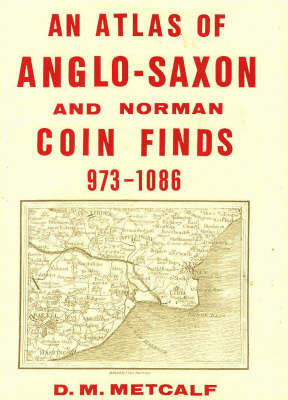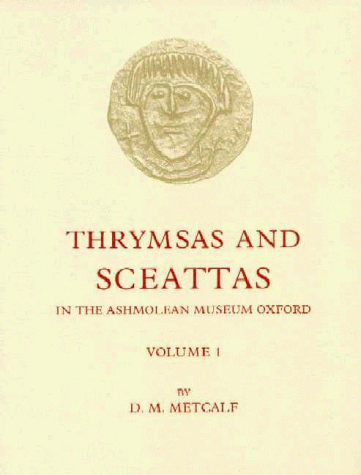Royal Numismatic Society Special Publications
1 primary work • 2 total works
Book 32
Did ordinary people use coinage in eleventh century England, and if so, for what purposes? How widely was the economy monetised? Was coinage more plentiful in the Danelaw than elsewhere, and if not, why not? Was coinage used mainly for the payment of taxes, or for trade and commerce? Were four man and true required to witness every transaction of 4d or more? How many coins were minted in England? Questions such as these are put into a reliable context through the careful analysis of a random sample consisting of hundreds of single finds of coins.
No 27
The earlies Anglo-Saxon coinage, from before the time of Offa of Mercia (757-96), was extremely varied and included many charming designs picturing animals and birds. There are over 150 coin types, struck at as many as 20 independent mint-places from Southampton to York. The coins do not say where or when they were made, but this book attempts to work out answers. using the evidence of metal detector finds, archaeological excavations and other clues. The Ashmolean Museum has a fine collection of the so-called thrymsas (gold coins) and sceattas (silver coins). They are all shown here in photographs at two times their actual size, to allow the detail of their design and their artistic quality to be fully appreciated. The introduction is illustrated with maps, diagrams and line drawings of coins not included in the Oxford Collection. Designed as a standard work of reference for archaeologists and mediaevalists, this work should also appeal to art historians and coin collectors.

